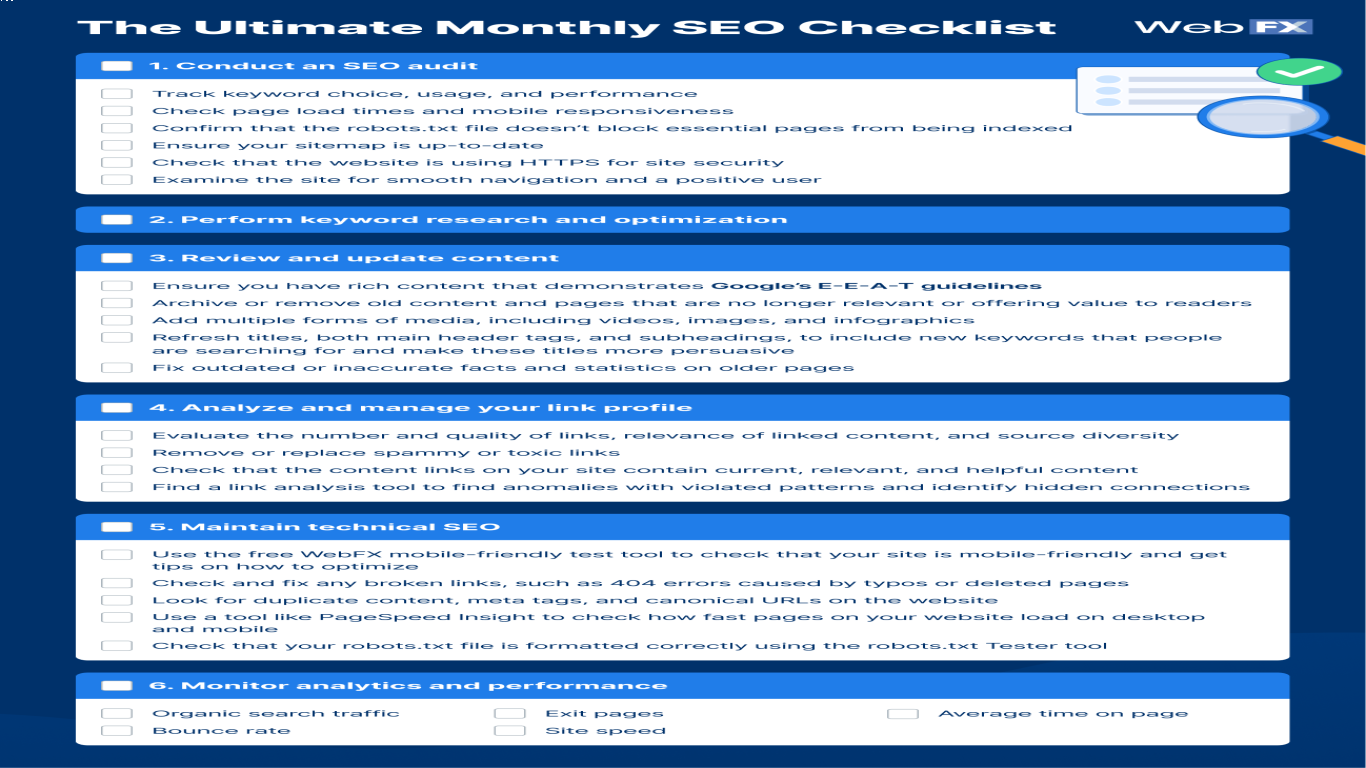SEO Website Technical Checklist
SEO Website Technical Checklist: The Complete Guide to Boost Your Search Engine Rankings
In today's digital age, having an optimized website is crucial for ranking high on search engines. A SEO Website Technical Checklist is an essential tool for webmasters and digital marketers to ensure that their site is performing at its best. In this guide, we'll delve deep into the various aspects of technical SEO and how you can optimize each element to elevate your site's ranking.
Understanding the Importance of a SEO Website Technical Checklist for Your Business
A SEO Website Technical Checklist is like a roadmap for your website's SEO health. It provides a structured approach to fixing technical issues that might be hindering your site’s potential. By following this checklist, you ensure that all technical parts of your website are functioning correctly, providing a better user experience and increasing your site's visibility.
How to Conduct a Comprehensive SEO Audit Using a Technical Checklist
Conducting an SEO audit might sound complicated, but with a thorough SEO Website Technical Checklist, it becomes manageable. Start by crawling your website using tools like Screaming Frog. This step helps you identify broken links, duplicate content, and other technical issues. Once you have your findings, prioritize fixing these issues based on their potential impact on your site’s performance.
The Role of Website Speed and Mobile Optimization in Technical SEO
Website speed is a significant ranking factor that you can’t ignore. Utilize Google’s PageSpeed Insights to test your site’s speed and identify areas for improvement. Similarly, with more than half of internet traffic coming from mobile devices, ensuring your website is mobile-friendly is critical. Use Google’s Mobile-Friendly Test to check your site’s mobile optimization status and ensure it meets the best practices outlined in your SEO Website Technical Checklist.
Why Optimizing XML Sitemaps and Robots.txt is Crucial for SEO
XML sitemaps help search engines understand your site structure, while the robots.txt file guides search engine crawlers on which parts of your site to index. Ensure your XML sitemap is up-to-date and submit it to search engines via Google Search Console. Regularly check your robots.txt file to make sure it isn’t blocking important resources and update it as part of your SEO Website Technical Checklist.
The Impact of HTTPS and Secure Sockets Layer (SSL) on Technical SEO
Security is paramount, and websites without HTTPS might be flagged as untrustworthy by modern browsers. Ensure your site is transferred to HTTPS using an SSL certificate. This not only secures the data exchanged between your users and the server but also serves as a positive ranking signal, as described in most SEO Website Technical Checklists.
How Structured Data Can Enhance Your Search Visibility
Structured data, often implemented as Schema markup, helps search engines understand your content better. This can lead to rich results, which are more engaging and informative than standard search results. Use Google’s Structured Data Testing Tool to check if your markup is correct and enhances search visibility, as emphasized in a robust SEO Website Technical Checklist.
The Role of Redirects and Canonical Tags in Preventing Duplicate Content Issues
Duplicate content can confuse search engines and lead to ranking penalties. Using redirects and canonical tags efficiently can prevent this. Redirects should be included in your SEO Website Technical Checklist to manage URL changes and avoid broken links, while canonical tags help search engines understand which version of a page to index.
Ensure Compatibility with Crawlers Using Log File Analysis
Log file analysis is often overlooked but can provide valuable insights into how search engines crawl your site. Regularly analyze your log files as part of your SEO Website Technical Checklist to identify pages that are being crawled frequently and those that are not, so you can optimize them accordingly.
How Regularly Checking for 404 Errors Can Improve User Experience and SEO
404 errors not only affect user experience but also your SEO efforts. Make inspecting for broken links a part of your regular SEO Website Technical Checklist routine, using tools like Google Search Console to identify and rectify these issues.
Why Consistent Monitoring and Updating Your SEO Website Technical Checklist is Essential
SEO is not a one-time effort. It requires constant monitoring and updating. As search engines evolve, so should your SEO Website Technical Checklist. Keep abreast with the latest updates in SEO practices and regularly tweak your checklist to ensure your website remains optimized.
Conclusion: The Ultimate Power of a Well-Executed SEO Website Technical Checklist
In conclusion, a well-rounded SEO Website Technical Checklist is indispensable in today’s competitive digital landscape. By meticulously following and updating this checklist, you can ensure your website remains optimized, providing the best user experience and significantly improving your search engine rankings.
FAQs
-
What is a SEO Website Technical Checklist? A structured list of tasks and best practices aimed at optimizing technical aspects of a website for better search engine rankings.
-
Why is website speed important in technical SEO? Faster loading times improve user experience and are a ranking factor in search engines.
-
How can I optimize my website for mobile devices? Use responsive design, check with Google's Mobile-Friendly Test, and ensure fast mobile page loading.
-
What are the common elements in a robots.txt file? Directions for search engine crawlers on which parts of a website should or shouldn't be indexed.
-
How can structured data improve my website's search visibility? By providing clear information to search engines, leading to rich results in search queries.
#seo #website #technical #checklist #guide
